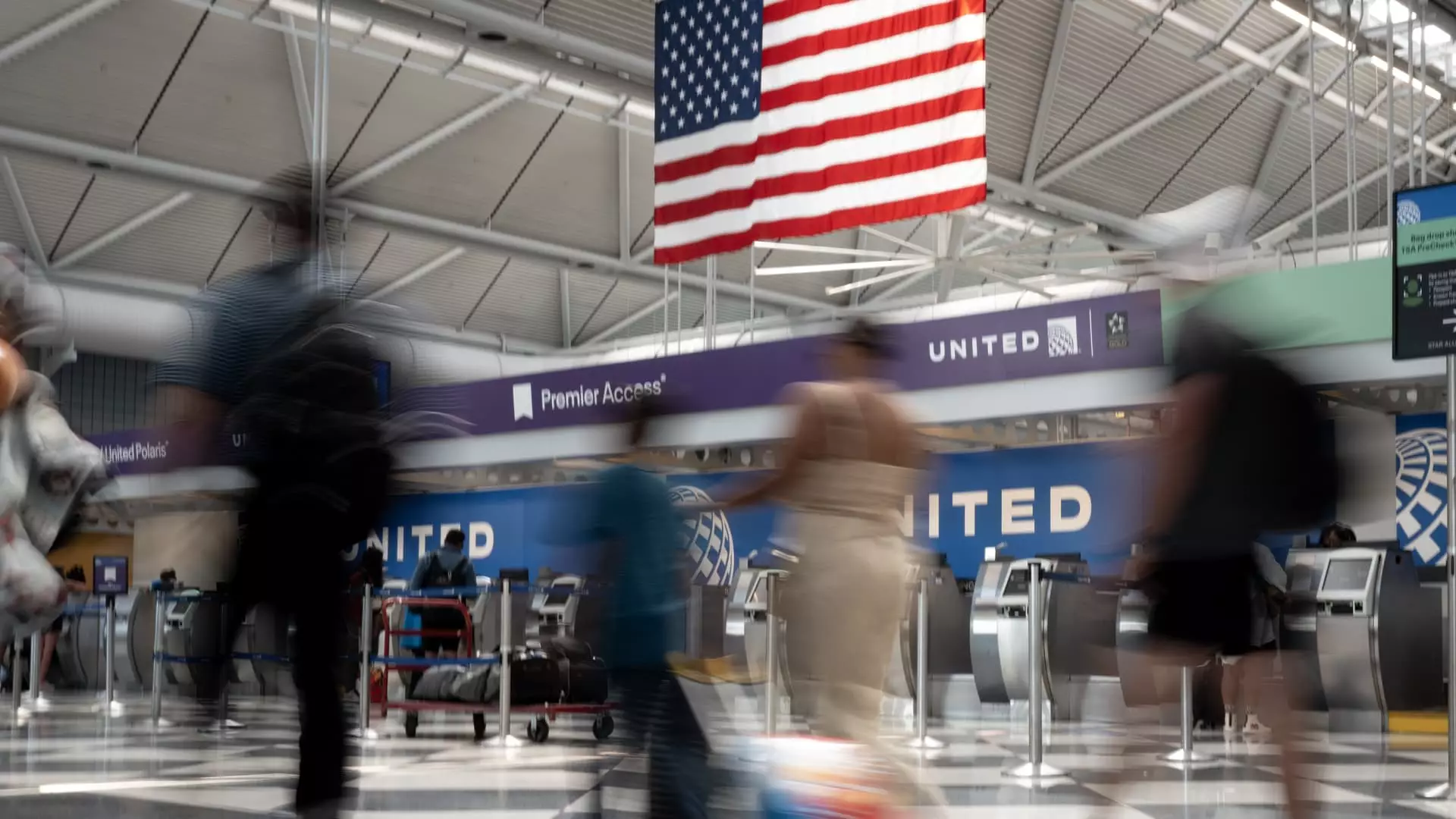The surge in demand for air travel during the summer months has not translated to record profits for U.S. airlines. Despite projecting record demand and potential revenue growth, airlines are facing a disconnect when it comes to their bottom lines. The increased costs associated with labor and other operational expenses have significantly impacted the profitability of carriers. While some airlines have put hiring on hold to counter slower demand growth and various challenges, others are dealing with delays in receiving new, fuel-efficient aircraft from major manufacturers like Airbus and Boeing. Additionally, the recent Pratt & Whitney engine recall has further added to their operational woes.
The expansion of airline capacity, with carriers flying about 6% more seats in July compared to the previous year, has helped to keep airfare prices in check. However, despite the increase in passenger numbers, airline stocks have lagged behind the broader market index. The NYSE Arca Airline Index, which tracks 16 predominantly U.S. airlines, has declined almost 19% this year, while the S&P 500 has shown a more than 16% increase. Analysts are uncertain about what the third quarter holds for airlines, highlighting potential challenges such as weakened spending from coach-class passengers, disruptions due to the Paris Olympics, and shifts in corporate travel demand.
Delta Air Lines, considered the most profitable airline in the U.S., is expected to report strong quarterly results thanks to its effective marketing strategies and successful partnership with American Express. The airline, along with rivals United and Alaska Airlines, has been identified as a top pick by industry analysts due to lower earnings risk and better cash flow compared to other carriers. This trend is reflected in the stock performance of Delta and United, which have shown increases of about 14% this year, while Alaska Airlines’ shares have experienced a slight decline.
Despite the record number of passengers passing through U.S. airports and the expansion of airline schedules, some carriers have admitted to weaker than expected sales due to the increased number of flights available. American Airlines and Southwest Airlines are among the companies that have adjusted their revenue forecasts in response to evolving demand patterns. Southwest, in particular, is under pressure to adapt its longstanding business model to compete with rivals offering premium cabin services. The airline is also facing investor scrutiny, with activist stakeholders calling for a leadership change.
Some airlines, like JetBlue Airways and Frontier Airlines, have already begun implementing changes to improve profitability. JetBlue has focused on optimizing its flight routes and enhancing its premium service offerings, while Frontier and Spirit Airlines have eliminated certain fees and introduced bundled fare options to attract more customers. Despite facing challenges such as the Pratt engine grounding and potential furloughs, airlines like Spirit are exploring new revenue initiatives to navigate through the current market uncertainties.
Overall, the airline industry continues to face significant challenges despite the surge in summer air travel demand. Airlines will need to adapt to evolving market conditions, optimize their operational efficiency, and explore new revenue streams to bolster profitability in the long run. As the industry navigates through these turbulent times, strategic decision-making and proactive measures will be crucial for airlines to sustain their financial health amidst changing consumer preferences and market dynamics.

